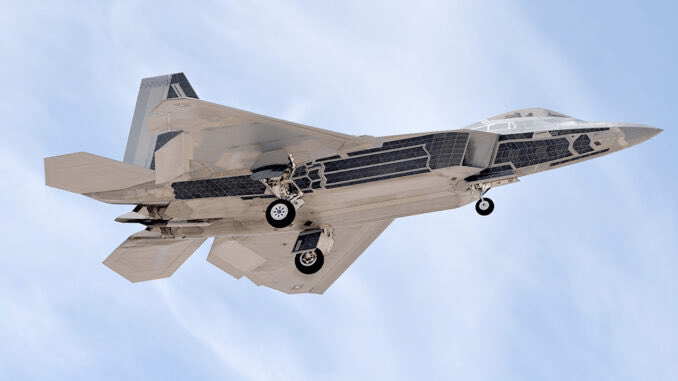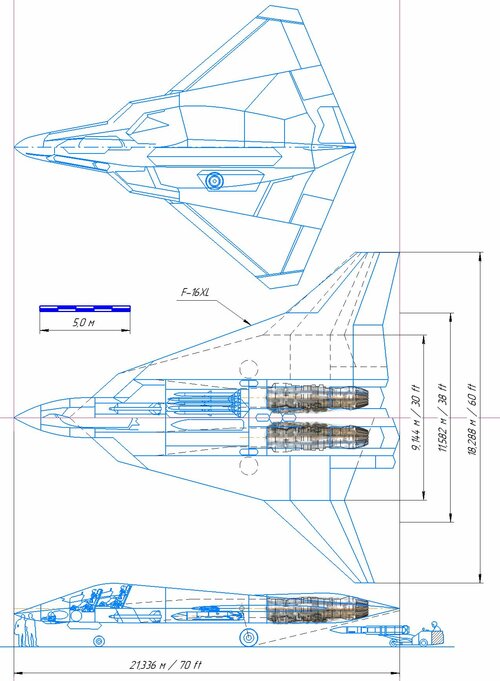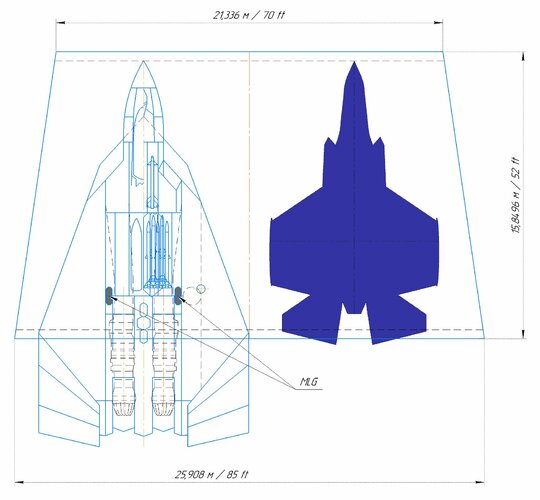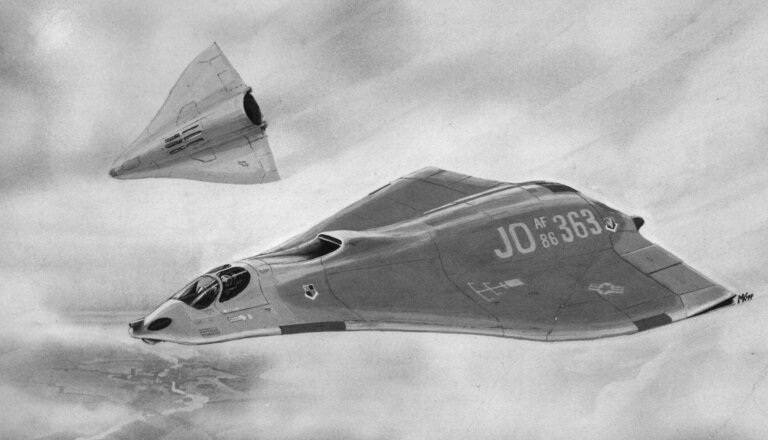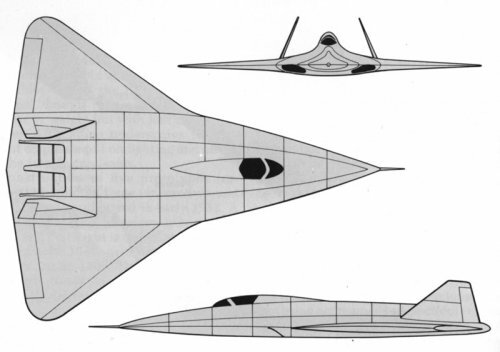La-Fuente Technologies
F-47 NEXT GENERATION AIR DOMINANCE
- Joined
- 21 November 2022
- Messages
- 369
- Reaction score
- 355
That is also possible too, might also help with reducing heat signatures for IR detection, otherwise it will also defeat the purpose of the NGAD being a new generation Stealth Fighter.Or the nature of the engine requires a bigger exhaust - some kind of bypass to mix cold air with the exhaust, multiple flow paths for an adaptive engine, multi-mode engine, etc.Or it has 2 engines, but each would be so large and so powerful that they operate equal to 2 engines, perhaps more than twice that of the P&W F135 engines, currently among the most powerful fighter engines made. After all, its engines will be designed to be both adaptive and variable, meaning it can adjust itself according to flight regime, which greatly increases its range, and its fuel efficiencyThe engine nacels are too big unless it's got 4 engines in their conceptual
Or more likely we're just staring way too much at an artist's rendering again.
And yes, that is still pretty much a concept art (Most likely inspired by Rodrigo Avella's works), so obviously, the final, actual design might, and will be vastly different from the concept art itself.
Which is why the NGAD won't be replacing the F-22s on a one-for-one basis, instead, even fewer NGADs will be made, with the Drones compensating for the lack of numbers instead. It is designed that a single NGAD unit with its squadron of Loyal Wingmen drones will be equivalent to a dozen F-22s or a squadron of F-22s, regardless, they will be more effective in battle than several F-22s at once. Also, whether the price tag refers to only the NGAD manned fighter component or also includes the Loyal Wingmen drones is still up for debate.I believe one of the spokespersons for the program that went before Congress intimated that they would larger than a traditional fighter and cost hundreds of millions per copy, so that seems to be the case. Presumably the CCAs / UAVs of the program will be dramatically cheaper than a traditional fighter and the hope being that a flight of UAVs + the manned component is more capable than an equivalent, or even larger number, of opponent fighters.$300m per plane in today's prices?
According to Binkov's Battlegrounds' theories, there might only be 100 NGAD manned fighter components, with 500 Loyal Wingmen Drones to compensate for it, giving at least 5 Loyal Wingmen Drones for every NGAD manned fighter component unit. However, these figures might, and will be disputed, as there may actually be more NGAD manned fighter components planned, as well as more Loyal Wingmen Drones made for each NGAD manned component.
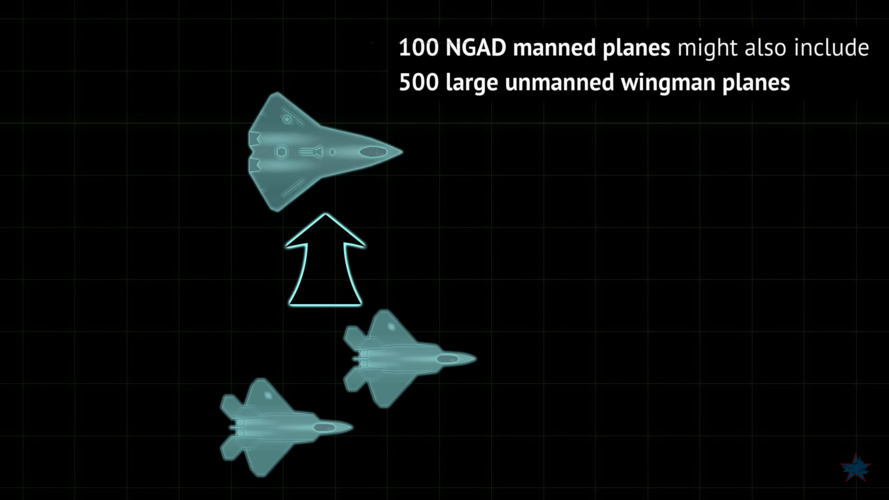
They probably regretted stopping Raptor Production the moment current world trends went where it went. After all, the reason why they did it at that time was because they were primarily focused on fighting insurgents and terrorists on the Middle East, and didn't fully see the bigger global picture, if they ever did see it. As such, they considered the Raptor's production as a waste of money, time and other resources that can go to far more important projects (At that time), and so stopped its production.I like the design but it's a big aircraft alright with a price to match ($300M, wow!).
Same thoughts here, $300M is a lot more than the F-22 Raptor. And they stopped the F-22's production because it was allegedly too expensive, makes me mad just thinking about it.
In hindsight, it probably also saved them enough resources to find a successor to the Raptors, as the NGAD program officially began in 2014, 2 years after the last Raptors were produced.
It's a concept art, based from what concept artists made, they would obviously miss a few technical parts, so don't worry about the design, it isn't final yet.I can’t see the nacelles in that picture am I missing something? Or can’t gauge their size.Or it has 2 engines, but each would be so large and so powerful that they operate equal to 2 engines, perhaps more than twice that of the P&W F135 engines, currently among the most powerful fighter engines made. After all, its engines will be designed to be both adaptive and variable, meaning it can adjust itself according to flight regime, which greatly increases its range, and its fuel efficiencyThe engine nacels are too big unless it's got 4 engines in their conceptual
Last edited:


